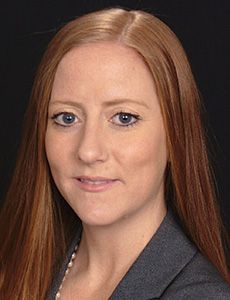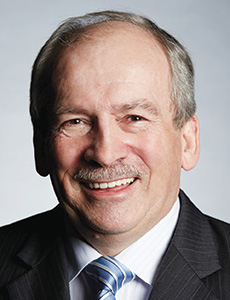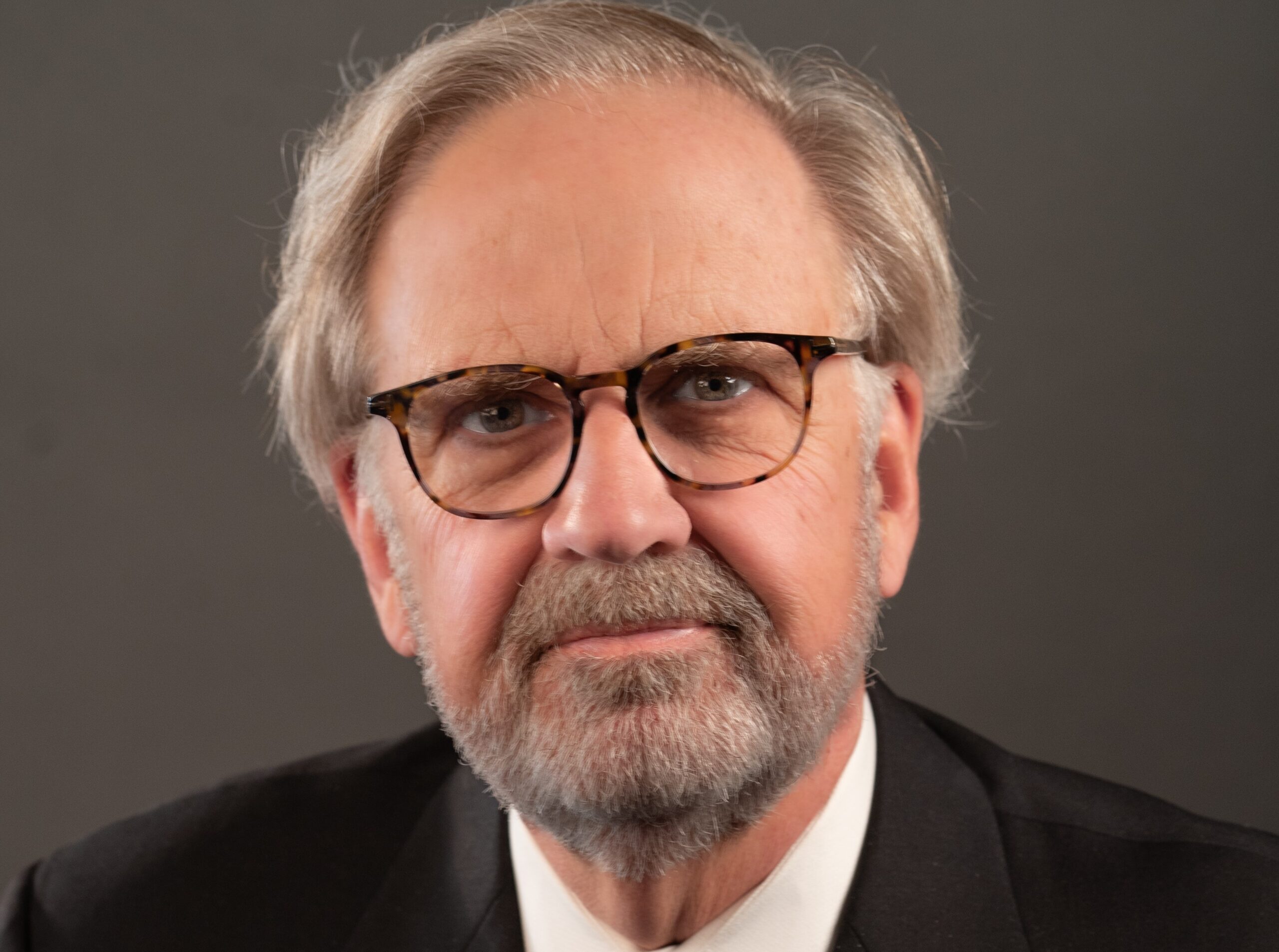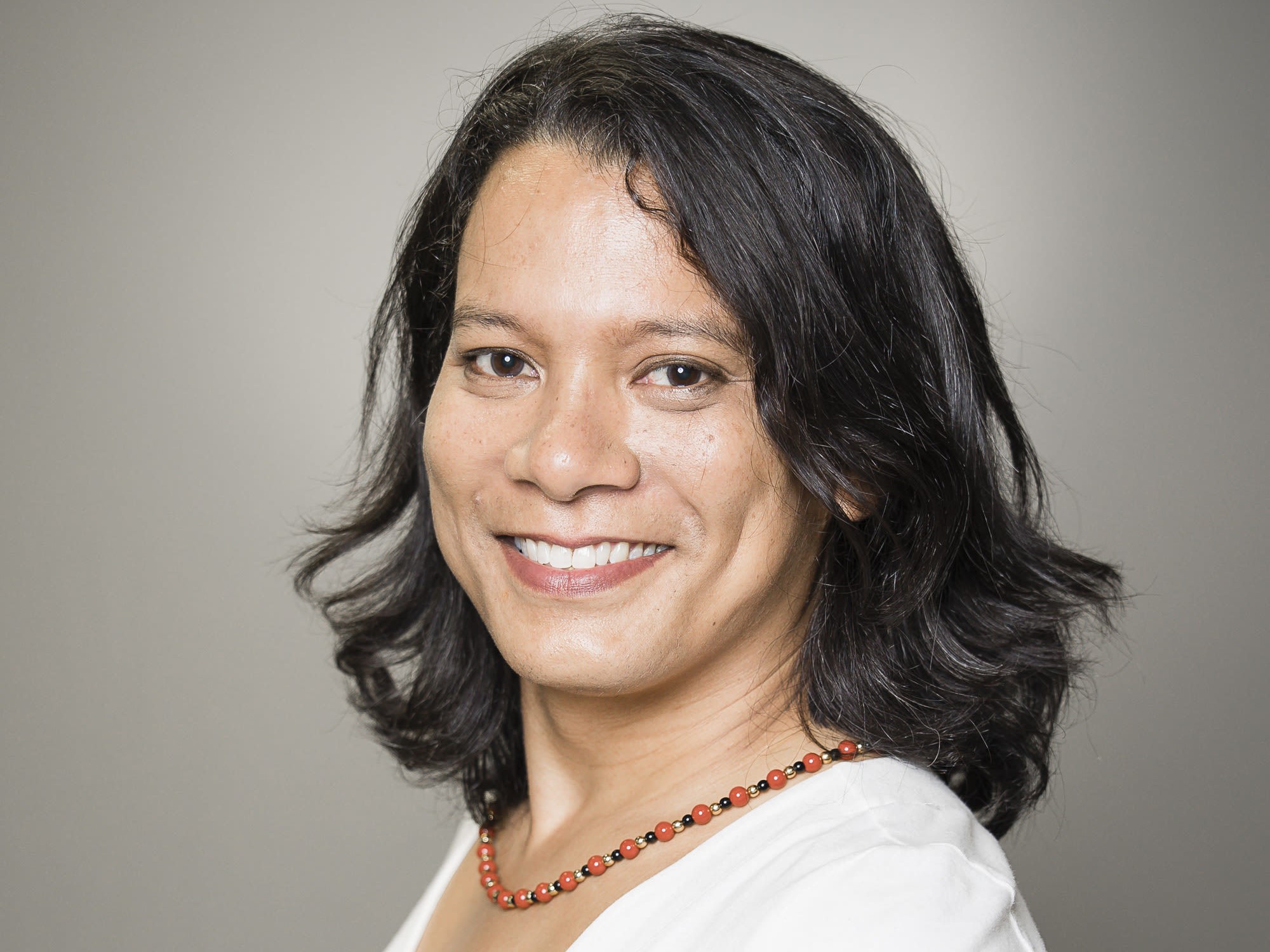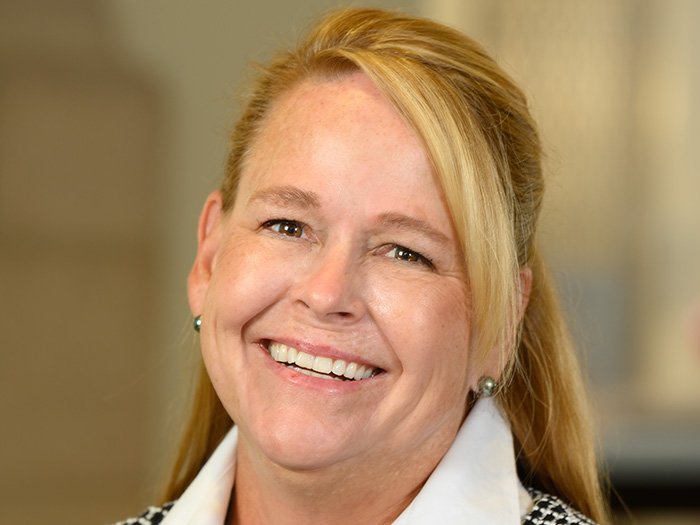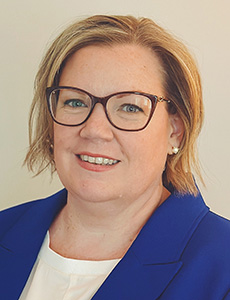Risk Collaboration in Action: What Good Communication Actually Looks Like

This is an industry built on relationships. It’s something we hear ring true in the big events — RISKWORLD, say, or the upcoming National Comp.
It’s also something we hear in the little things, the day-to-day interactions we have, from a stop at the water cooler to a phone call for a quick check-in.
“Insurance has been and will always be a relationship business; it’s a people business,” said Susan Patelson, area executive vice president and managing director, Real Estate & Hospitality Practice at Gallagher.
“There’s something really powerful about having a client sit in front of an insurance carrier. They’re building a level of trust. It becomes harder to say no once you’ve met someone, and once you’ve looked them in the eye and heard their story and understand their passion behind it, because the passion that you have for your business can’t be portrayed in a spreadsheet.”
Suffice to say, communication and collaboration are at the heart of a good relationship. These two building blocks establish rapport and bring a feeling that everyone is on the same team, working toward the same goal.
So, what exactly makes a good communicator? Clarity, for one thing. Honesty and authenticity, for another. But talking about communication, understanding that it plays an important role in building rapport, is easy. It’s the doing that requires hard work, dedication and finesse.
Whether they be broker, risk manager, carrier or otherwise, every insurance professional benefits from good communication. Below are several examples of communication and collaboration in action, and the lessons industry pros can apply to their own efforts.
Example 1: Keeping Constant Communication
It’s important to note that sometimes bad news must be communicated right along with the good. A good communicator and collaborator is someone who can deliver the bad with a healthy side helping of understanding.
Mike Bugielski, senior risk control consultant and area vice president, Real Estate & Hospitality Practice at Gallagher, shared an incident affecting one multifamily client with several properties in its portfolio. An older asset within the portfolio was up for review.
“They were a little blindsided with some faulty electrical panels. The recommendation from the carrier — a solid safety recommendation from a risk management standpoint — was to replace all of these panels,” Bugielski said.
The upgrade would run the client upwards of hundreds of thousands of dollars. And while the client fully understood the safety reasons for replacement of the panels, the unexpected expense gave them pause.
“It wasn’t a matter of the client not recognizing the safety behind it, and they were appreciative of that aspect. It was just a question of how they could economically resolve the issue” and maintain coverage, Bugielski said.
It required a huge collaboration between the client, Bugielski, the underwriter and risk control. That process started with Bugielski sitting down with this client to review the recommendation, review the costs and manage expectations on both sides of the aisle.
Ultimately, everyone agreed to a multiyear plan to upgrade the panels, allowing the client to more efficiently pay for the upgrades and giving the carrier the confidence that the insured was willing to work toward its recommendations. It also solidified for Bugielski that collaboration starts with constant communication.
Lesson 1: Open, Honest, Authentic
Bugielski shared that in the above example, the carrier agreed to the plan because of the “authentic and honest communication and keeping the underwriter well-informed throughout the process.”
“They weren’t looking for a quick fix [from the client]; they were looking for momentum,” he said.
By being forthright about the financial strain and then working together toward a more feasible solution, everyone saw up front what was going on and found a way to work together.
“We should be honest in every part of our business. But being truly authentic is the top part of it,” Bugielski said. Honesty builds trust.
Authenticity can add a layer of transparency, which, according to risk management consultant Eamonn Cunningham, always prevails: “There’s always a station that directs openness, and transparency always prevails. There shouldn’t be hidden agendas — nothing swept under the carpet, as it were.”
Added to that, he said, the best way to have open communication is to check one’s ego at the door. When everyone is working for the betterment of the team instead of their own gains, goals will be met — maybe even surpassed — because of the willingness of all participants to work together.
“You have so many people in an organization. When they bring their egos, results can be driven the wrong direction,” he said. To combat some of this, Cunningham suggested that “it’s important to make sure there’s a quick summary at the end [of a meeting or conversation] to ensure particular action points and responsibilities.”
Example 2: Closed Doors Lead Nowhere
Communication should be an open door. Case in point, Christine Flammer, claims manager, cyber & technology, AXA XL, had an insured actively defending a claim. The insured believed they had coverage under a different policy with a different insurer.
Unfortunately, that carrier wasn’t communicating or providing its coverage determination clearly.
“Everybody involved thought there would be coverage available and defense available under that policy,” she explained. The client’s counsel and the other insurer shared a few adversarial back-and-forths, enough to show that client communication was not going to be easy.
Flammer and her team listened to their client’s dilemma. Because the team understood the key to collaboration starts with open, honest communication, “we had our claims specialists pick up the phone, talk to our insured’s contact and come up with a resolution that allowed our insured and us to move past this claim,” Flammer said.
“Because of that open communication, that collaboration and a background of trust between our claims specialists and our insured contact, we were able to get this matter resolved.”
Lesson 2: It’s Primarily About Listening
Perhaps the greatest mark of a good communicator is someone who listens.
“Being a good communicator requires active listening. We really can’t communicate with each other unless we’re hearing each other out,” Flammer said.
Listening enables empathy in a lot of ways. By hearing what someone is going through, having their perspective laid out in detail, a good communicator is building the skill to put themselves into someone else’s shoes.
In the above example, Flammer’s team listened to the situation their client was in and jumped into action. They allowed their client the space to communicate their needs and were able to find resolution.
“To be an effective communicator is the ability to listen,” Gallagher’s Patelson said, “to listen to more than just the words, to listen to your client, or insurance carrier or lender or anyone you’re talking with, and be able to hear if they’re frustrated. When you listen, you can hear what they’re going through and better understand what they really want.”
From there, a good communicator is going to tailor their response to the situation. They’re going to be able to move in the right direction.
“Active listening is super important,” Flammer added. “It’s something that I think is overlooked, unfortunately, by a lot of people. And ultimately, they end up missing the point of the conversation when they’re not really actively engaged in hearing out what the other person is saying and where they’re coming from.”
Example 3: Communication in Crisis
More than 20 years have passed since the 9/11 attacks on the World Trade Center, but the ramifications are still felt today. It’s an event that shaped all our lives. It’s also an event that shaped Cunningham’s career.
He was the head of risk management for Westfield Group’s U.S. business at the time, and the attacks directly affected his company and his people. Westfield was the company behind The Mall at the World Trade Center, which was decimated during the attacks.
Cunningham had been in his role for less than three months when his powers of communication were put to the test.
“Even though we practice crisis communications, it’s another thing to execute it well,” said Cunningham, now retired.
“In a crisis management situation, you have to have the discipline to get information and use the information to form recommendations that you bring to senior management directly,” he said.
With the high emotions, uncertainty and near-fever-pitch hysteria that was happening in real time, Cunningham had to keep a level head. It required him to speak openly, honestly and with a much-needed directness to get the information he needed to then suggest how his senior leadership should react.
“I needed information. What’s happening? Is the whole world under threat? Is it localized? What’s the driver? You’re trying to fill pieces into a jigsaw, but you might only have 10% of the pieces available,” he said.
“The messaging was quite different, but it was fit for purpose,” he added. “Ultimately, we got enough information we could communicate to our stakeholders about where Westfield stood in relation to its shopping malls all around the world, with the tragedy of 9/11 still unfolding before our eyes.”
Lesson 3: Clarity Is Paramount
Cunningham’s example is an extreme, but insurance professionals can still glean a very important lesson: Clarity in communication goes a long way.
Cunningham could not relay panic to his senior leaders. His role was to communicate what Westfield needed to do in that situation, accurately and quickly. Over two decades later, he said that being direct during the situation helped him better communicate.
On a smaller, more day-to-day scale, clarity still reigns as a communication champion. Cunningham, forever a collaborator, recently spoke with a CRO who gave him another key insight into clear communication: “I was talking to this CRO, and she had a wonderful phrase: Language matters. When I asked her about this, she said you need to keep your language simple. You don’t want to be the guy who beats his chest and talks in jargon all the time … Otherwise, you run the risk that people will just misinterpret what you’re saying.”
In a world where email and text are a big part of communication, Flammer said, meaning can become muddled without the inflection of someone’s voice. Because she is in the fast-paced world of cyber, she understands that an email may not always be best for clear communication.
“You need to understand when to pick up the phone. Not every single correspondence requires a phone call, but during a very active, fast-moving breach incident, you can get so much more out of picking up the phone and talking to people, hearing the tone in their voice, understanding what their priority is. Going back to empathy, you can gain understanding on where they are coming from,” she explained.
Make It Muscle Memory
Like any skill, communication can become easier with practice. Being open, honest and authentic, providing clarity and keeping in constant contact all go a long way in establishing trust.
To become a good communicator and to have solid relationships is not something that can be taught in a classroom, but these are skills that can be honed over time.
“Some people are more naturally inclined and better communicators than others. But I certainly think that it is a skill that one can develop, and the only way to develop it is to practice,” Flammer said.
“Communication is something that really can’t be compromised,” Bugielski said. “We pride ourselves, with our clients, on building trust and building relationships.” &

